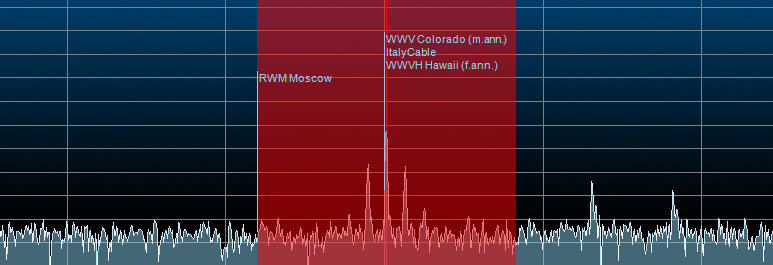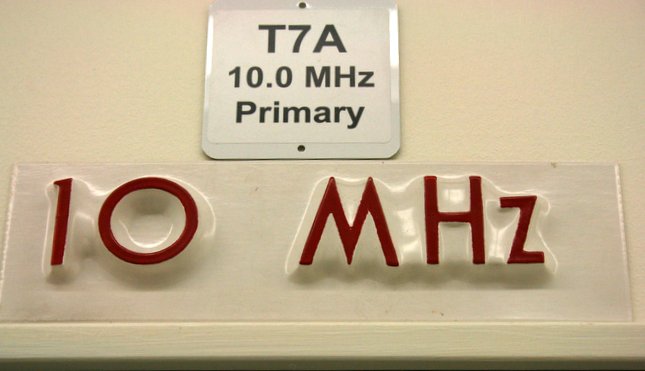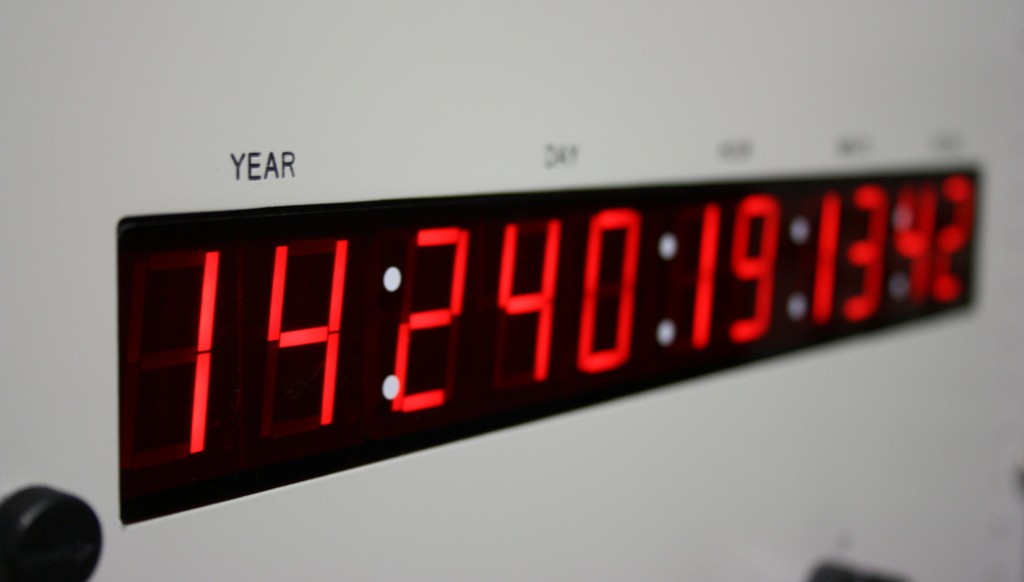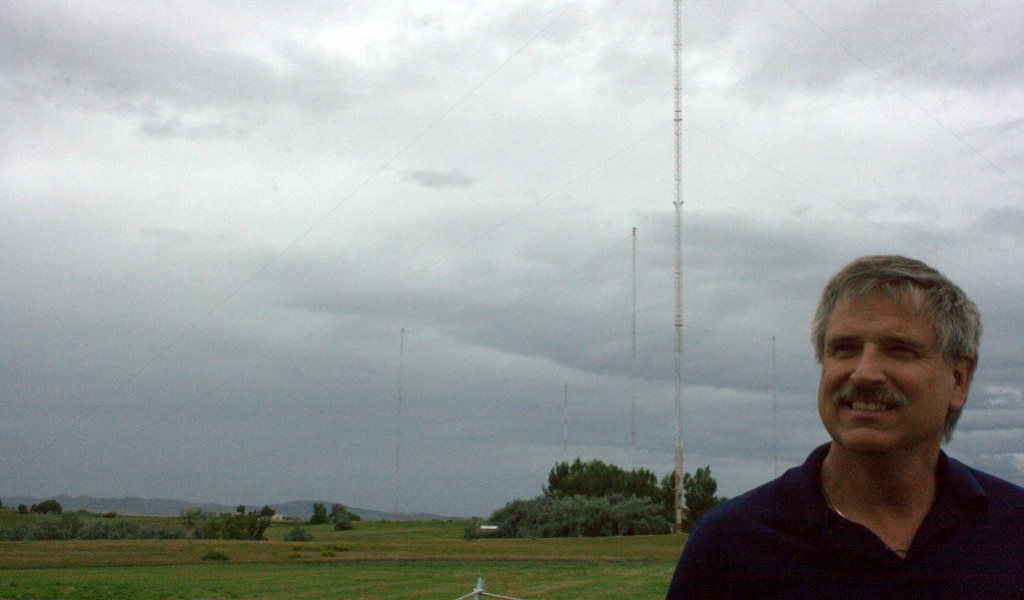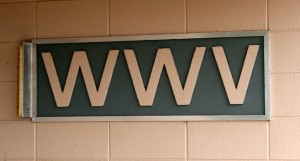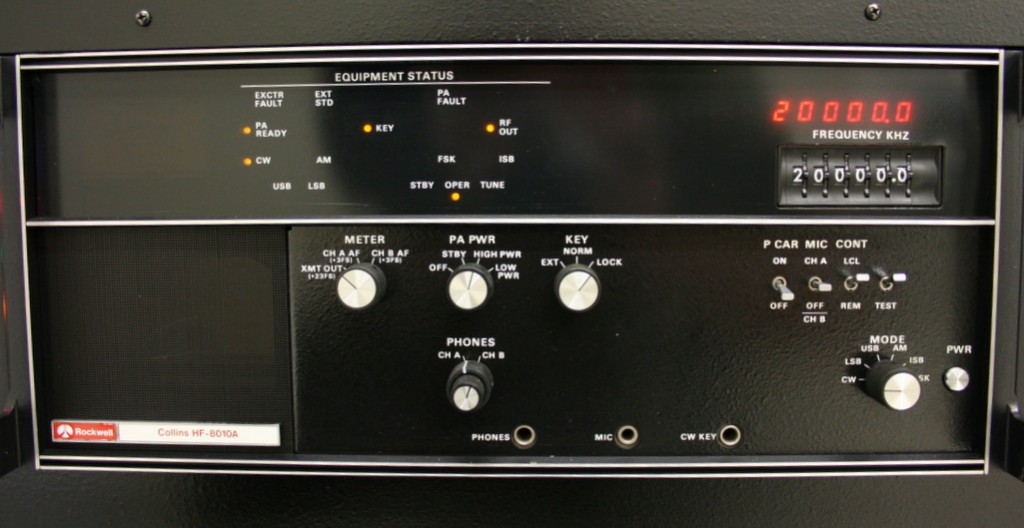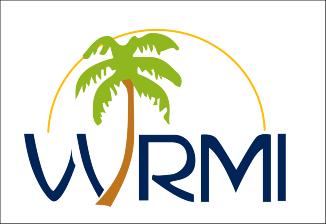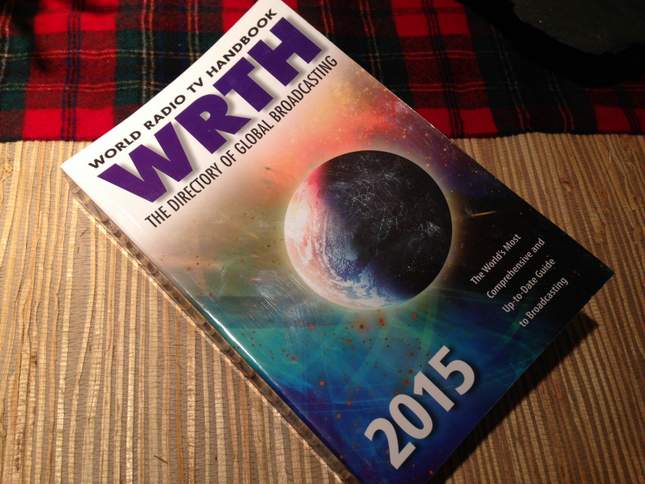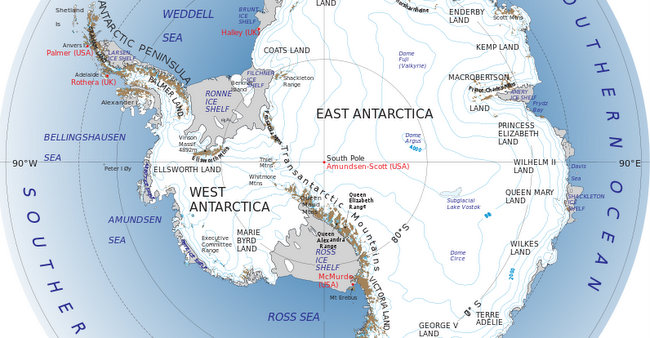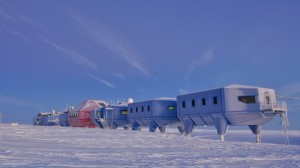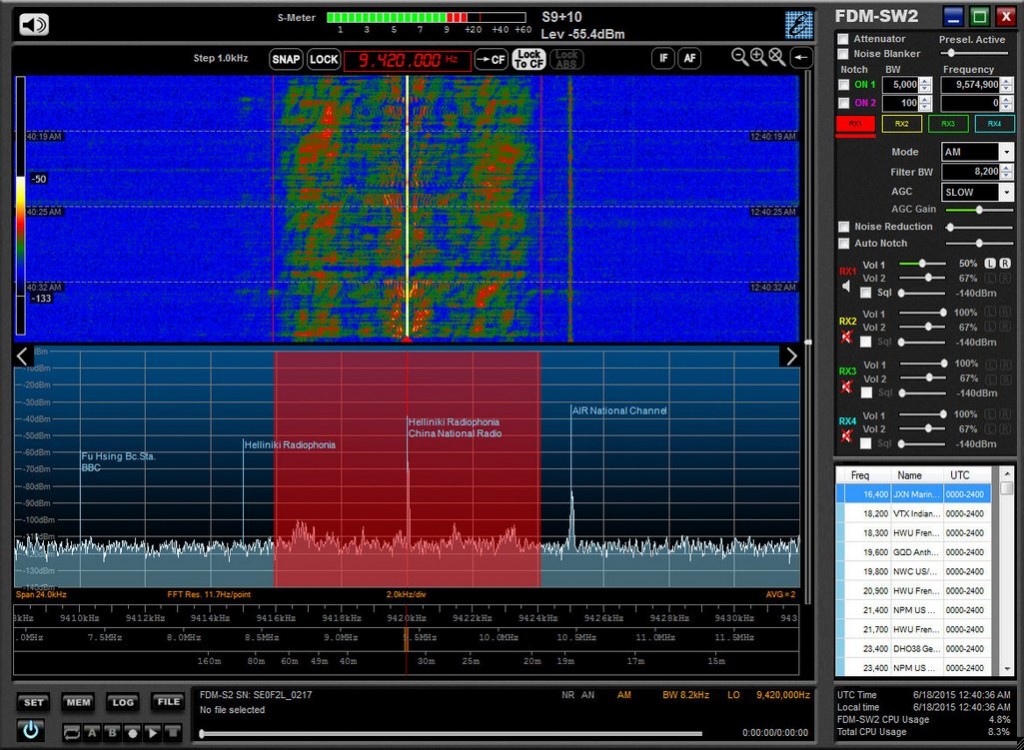Yesterday, I posted a brief article about the leap second that occurred between 23:59:59 June 30, 2015 and 00:00:00 UTC July 01, 2015.
I decided to record the leap second on as many shortwave time station frequencies as possible. The only viable options for me–based on time of day and my reception location–were the WWV frequencies 10, 15, 20, and 25 MHz, and CHU frequencies 7,850 and 14,670 kHz.
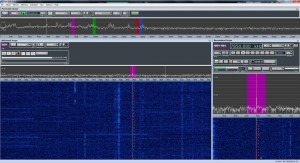
I was able to monitor four different time station frequencies simultaneously on the TitanSDR Pro. (click to enlarge)
Unfortunately, HF propagation was very poor yesterday, so the higher WWV frequencies–20 and 25 MHz–were completely inaudible, as was CHU on 14,670 kHz. There were numerous thunderstorms in our area, so static crashes were prevalent.
Still, since this was a first attempt to record a “leap second,” I didn’t want to take any chances. I had the Titan SDR Pro monitoring and recording two CHU and two WWV frequencies [screenshot], the Elad FDM-S2 recording WWV on 15 MHz [screenshot], and the WinRadio Excalibur on WWV’s 10 MHz frequency, as well as recording the whole 31 meter band spectrum [screenshot].
In the end, the strongest frequencies I captured were CHU on 7,850 kHz and WWV on 15,000 kHz. WWV on 10,000 kHz was much weaker than normal and the band was quite noisy–still, it’s readable, so I included this recording, too. Recordings follow…
Recordings
All of the recordings start just before the announcement of 23:59 UTC.
WWV added the extra second and higher tone, then continued with their top of the hour announcements, including a note about leap second (which begins after the 00:04 announcement). CHU simply injects a one second silence before the long tone.
WWV on 15,000 kHz using the Elad FDM-S2:
CHU on 7,850 kHz using the TitanSDR Pro:
WWV on 10,000 kHz using the WinRadio Excalibur:
One interesting note about the 10 MHz WWV recording above: I believe I may be hearing BPM China in the background. I’m curious if anyone can confirm this because I don’t know BPM’s cadence/pattern well enough to ID it.
Other recordings…?
Did you record a shortwave time station as leap second happened? If so, please comment, and feel free to share a link to your recording!

